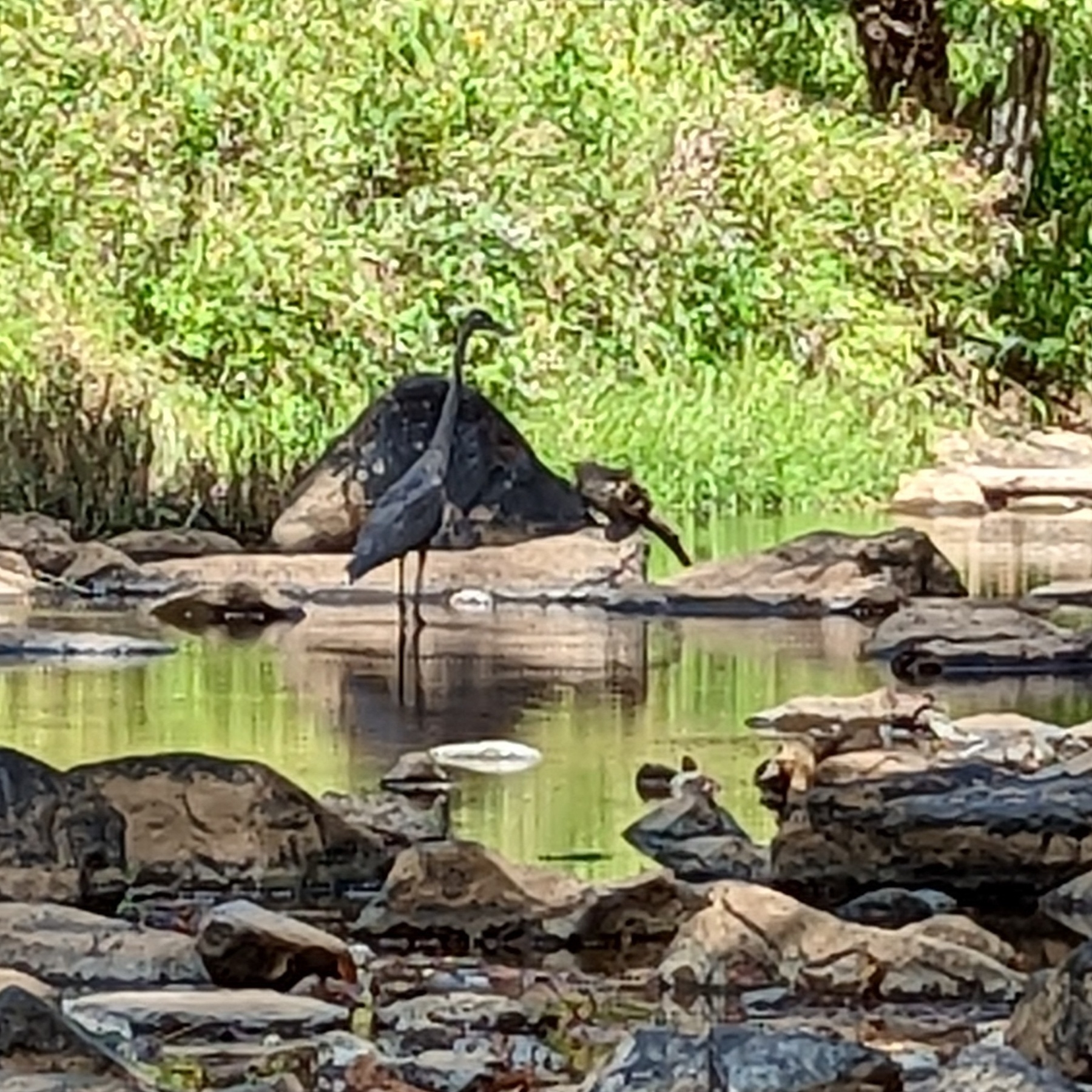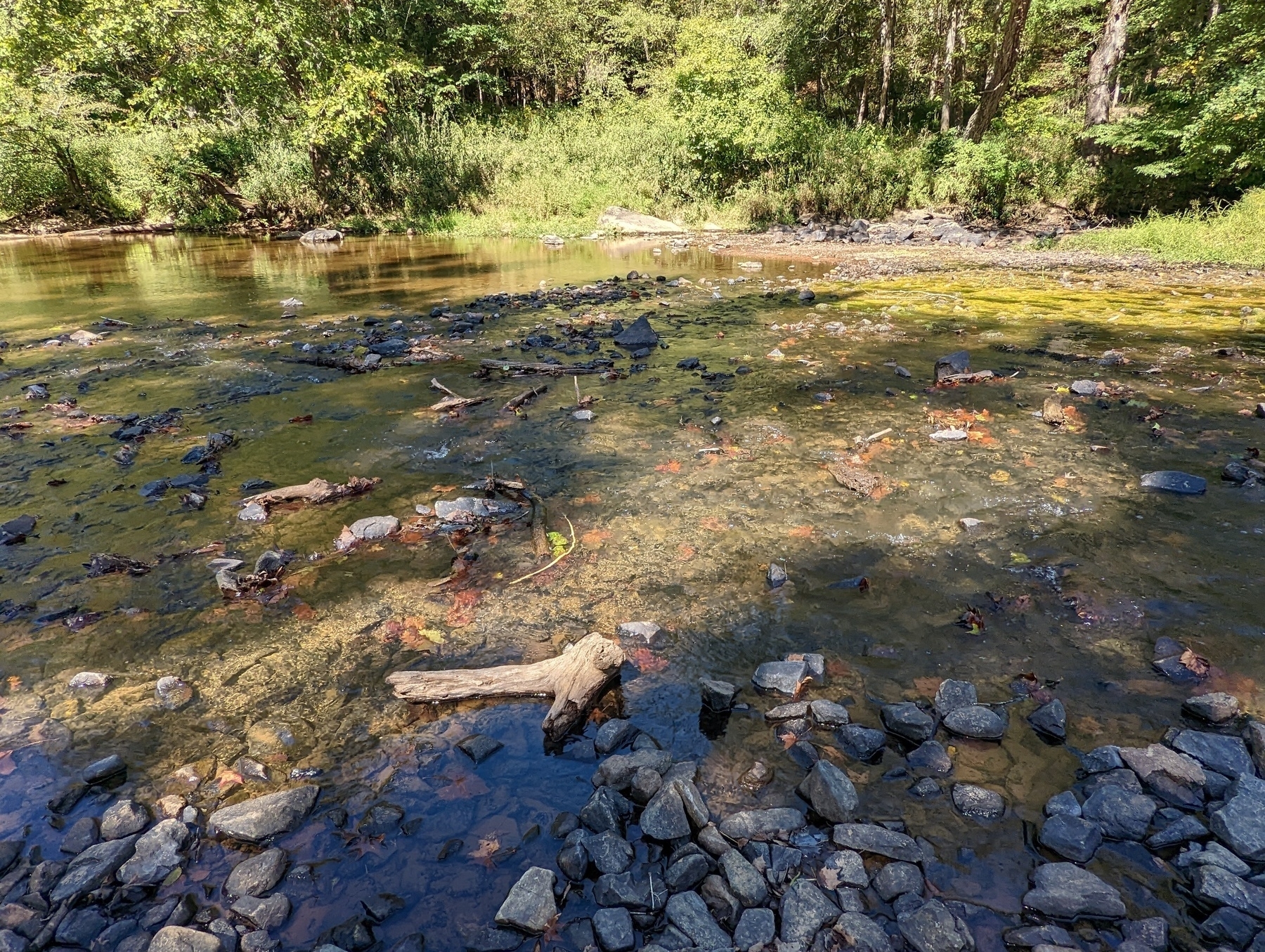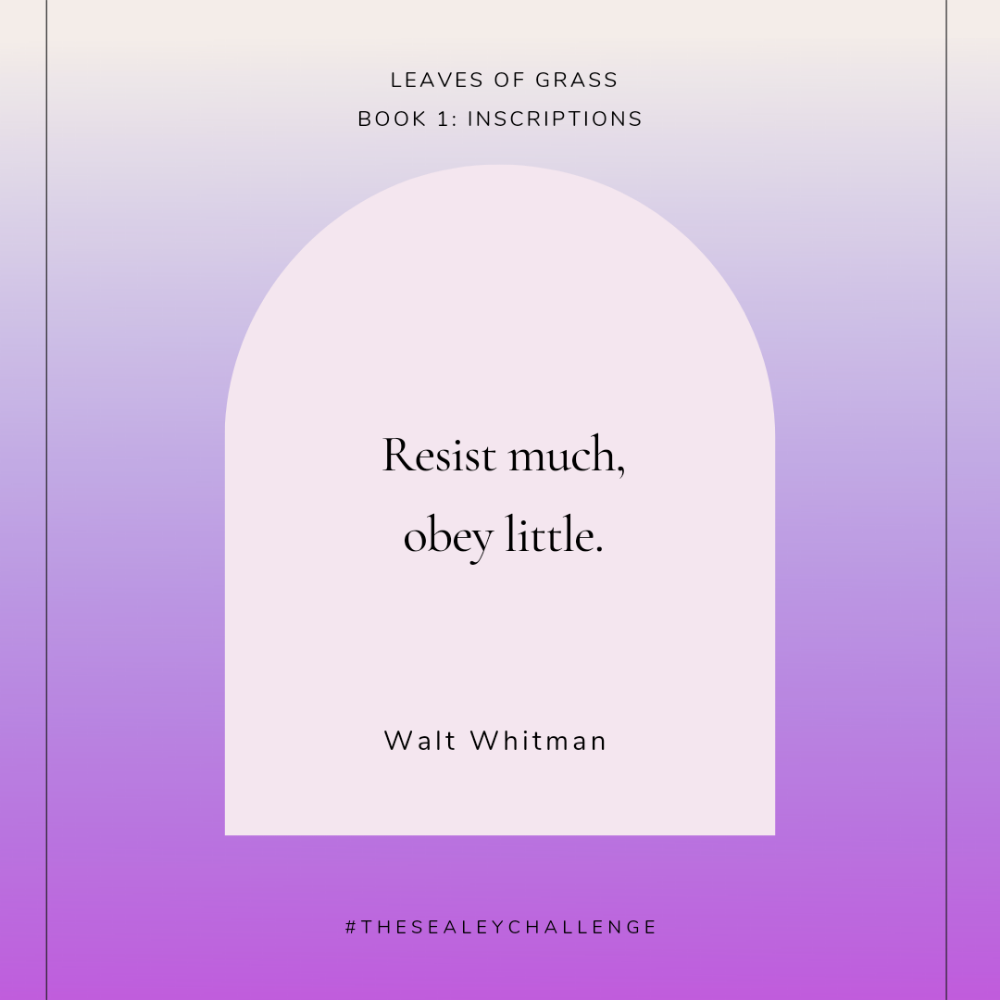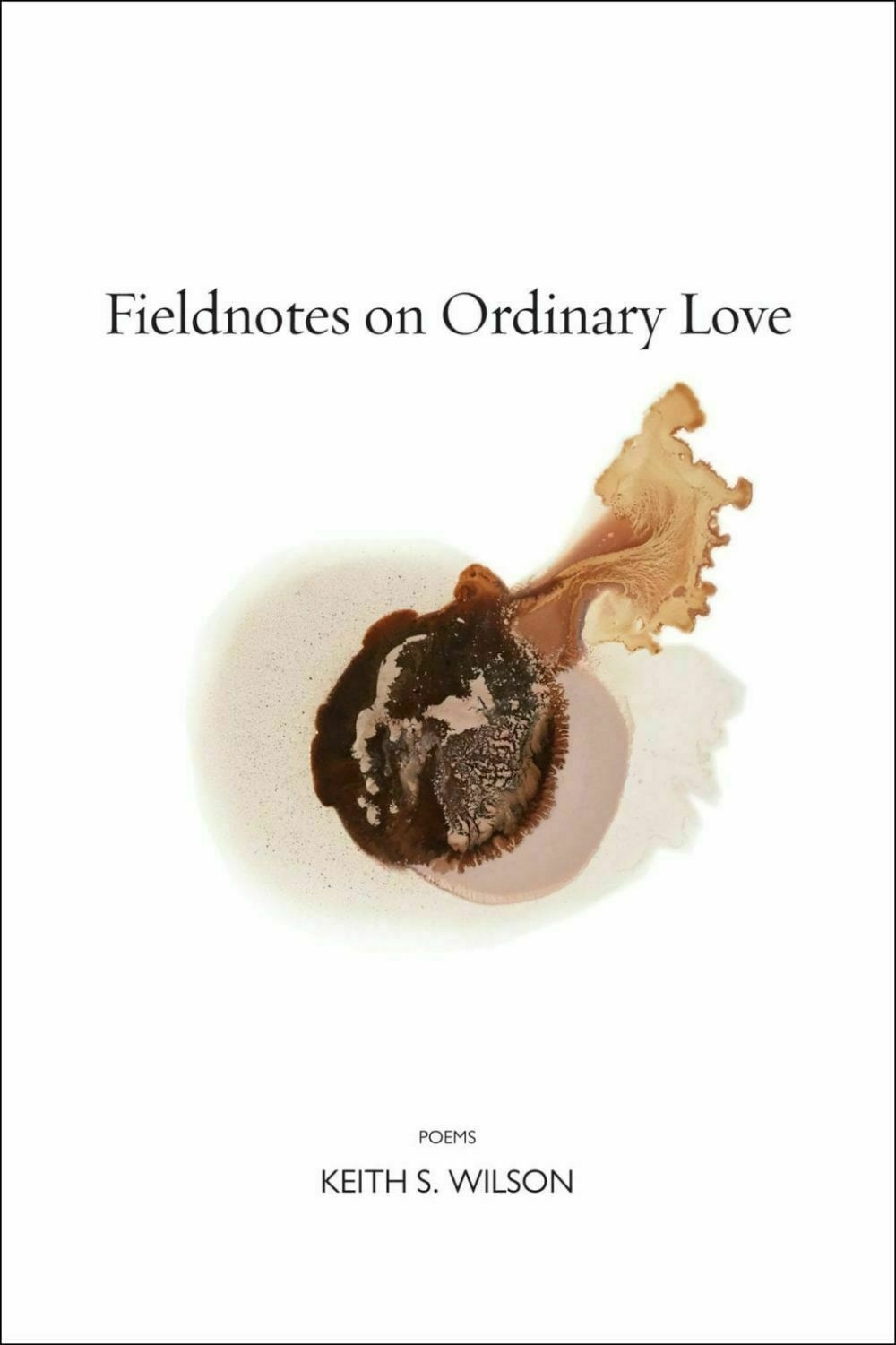I’ve been sitting on a paper that was “accepted with revisions” for more than 3 years. I have poked at it sometimes and worked hard on it others, sometimes hated the revision process and sometimes enjoyed it.
The purpose of submitting this paper was not actually to get it published. It was to get it submitted so I met the requirement of having submitted 2 items for peer review before my comps. Also, it’s not original research. It’s a literature review.
My assistantships in my first 4 years of the PhD put me in a situation where my colleagues and I weren’t publishing much in scholarly journals. The first year, I helped with a lit review that I think was for a popular publication. The next three years, I worked on an immense professional development project. I’m very proud of the curriculum we created and did get some trade publication out of that but again, not scholarly publication.
So it wasn’t until my last 2 years of my PhD that I was working with other scholars on papers, most of which are currently in submission or revision. All my work for scholarly publication before that had to be solo-authored and, quite frankly, what I wrote was Not Good. It wasn’t BAD but it needed so much revision.
By the time this accepted-with-revisions lit review came back to me from the journal (it had gone to a third reviewer because one reviewer was like “Accept! Minimal revisions!” and one was like “R&R… Maybe.” Reviewer 3 basically said “Accept but with heavy revision”), I was 3 years out from the original class paper it was based on. I had barely rewritten it from that for submission because, again, I just needed to move past a PhD milestone.
I was very excited when it came back accepted with revisions, but I was also in the middle of a very stressful house-buying process, writing my comps, and only had half-time childcare, so I couldn’t make it a priority.
Also I was, understandably, hurt by some of Reviewer 2’s pointed and accurate statements, so I set it aside for a while.
I picked it back up and made a revision plan, drawing on Wendy Belcher and Raul Pacheco-Vega’s advice on how to deal with revisions but as I sorted through these changes, I began to realize that NONE of them were small. They were all large changes. Here’s the kind of thing I mean:
- Elaborate on places where I cited multiple sources and be more explicit about what they say and how they’re in conversation with one another. (This is a very reasonable suggestion, and the one I’ve been working on this whole time.)
- Completely re-organize the literature review based on insights hinted at in the conclusion.
- VAGUELY CONTRADICTORY SUGGESTIONS FROM THE SAME REVIEWER: broaden the scope to include more scholarly research; narrow the scope to focus on only one of three areas addressed in the lit review.
- Find criticism that contrasted with the positive sources cited and described in the paper. (There wasn’t enough literature for that to really be a thing.)
- Completely restructure the paper based on one of the developmental frameworks I drew on.
This is daunting as all get out, especially alone, especially when dissertating AND working (because I didn’t have a dissertation fellowship, I was also conducting research and writing as part of an assistantship my final year), and there’s a pandemic on (that wasn’t until a year after the paper was “accepted” but still) and you’re a parent of a young child and you have limited childcare.
But y’all, the shame I placed on myself for not revising this paper.
I’m absolutely still excited by the central ideas of this paper:
- Teen library programming should support teens’ identity development.
- Teen library programming around TRPGs should go beyond the idea of engagement and actually reach a level of impact where teens get to try on new personas, take imaginary risks, and figure out their own moral beliefs through pretending to be other people.
But oh my goodness I do not want to work on this paper anymore. This iteration of this set of ideas does not bring me joy.
And after yesterday’s Connected Learning Summit panel on post-pandemic burnout with multiple panelists talking about the importance of centering work that feeds and serves you, I am ready to let go of tinkering with this six-year-old literature review for publication in a journal that honestly deserves a more insightful set of arguments around these ideas.
On the other hand, I’ve worked hard on this thing for a few years and don’t want it to sit in my Google Drive collecting dust and being of no use to other people. And my colleague Maria Alberto said it was “absolutely interesting and useful.”
So I’m going to read through it one more time and make sure it makes sense, and then I’m going to publish it effectively as a pre-print/author paper here on my website and in a couple of pre-print archives as well, so it can get out there as it is.
THEN I’m going to do two more things with it:
- Use it as the foundation for some public writing. If you know of an outlet where a paper about how TRPGs support identity development would be a good fit, please let me know.
- I’m going to pocket it to support some original research, if I end up in a situation to actually collect data on the relationship between TRPGs and identity development.
Huge thanks to Sandra Hughes-Hassell for her feedback on this, the folks at JRLYA who gave me feedback, and Maria for validating me. Also to Katy Rose Guest Pryal for her advice on how to deal with research in The Freelance Academic, and yesterday’s panelists for talking about doing research that resonates with your soul.






